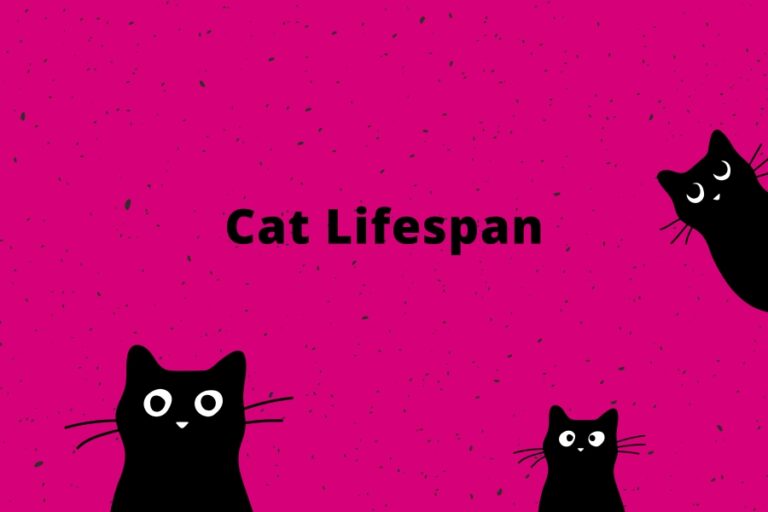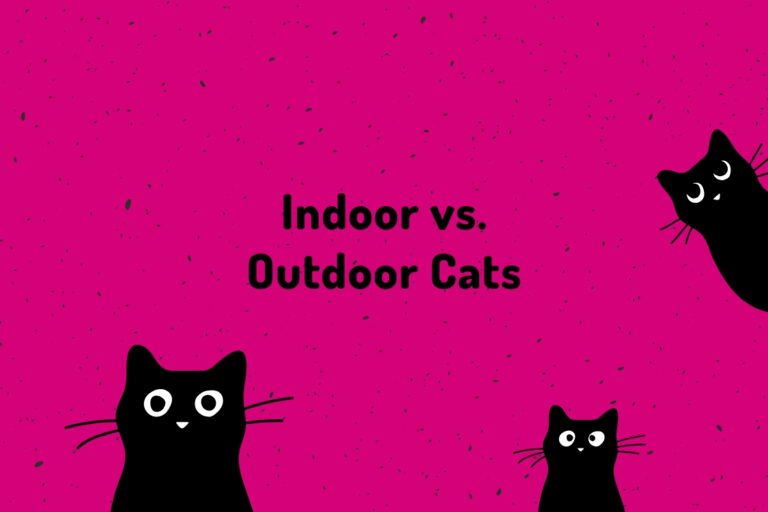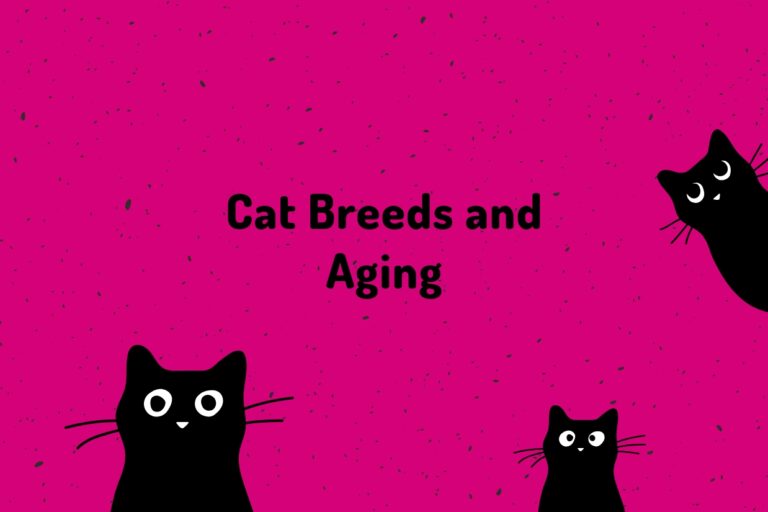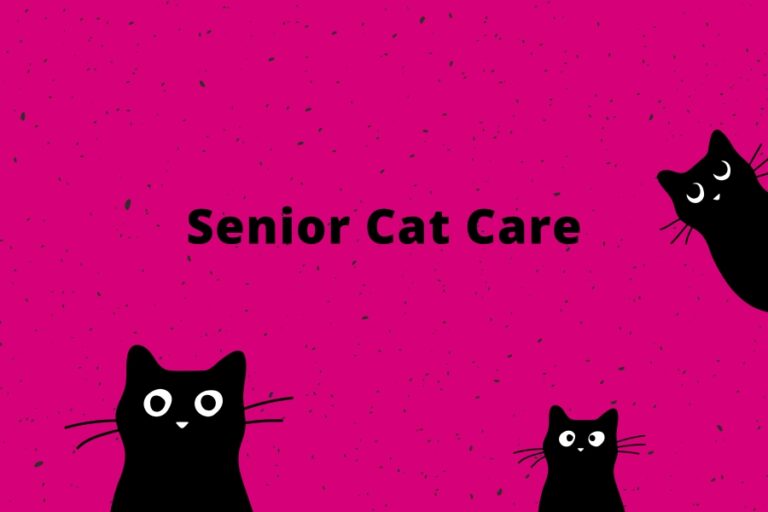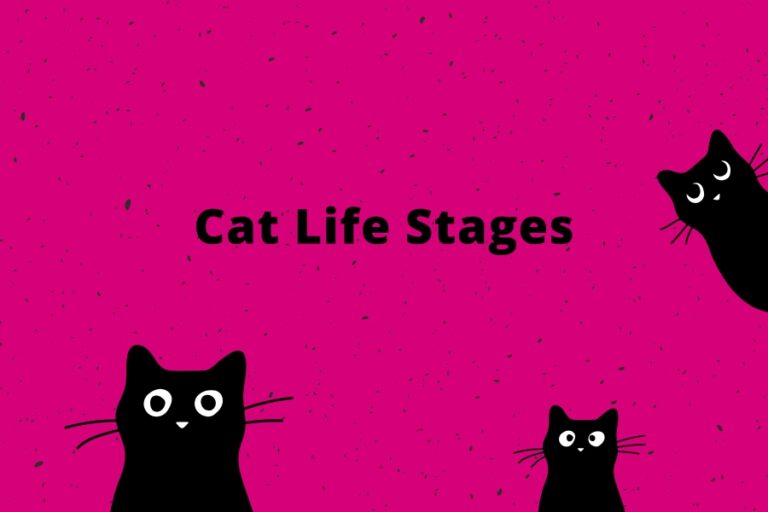The Science Behind Cat Aging: Why Cats Age Faster in Their Early Years
Haven’t you ever wondered about how your kitten grew so quickly? From just a tiny ball of fluff to an adult cat was just one incident. The physical aspect is fascinating—and very different from the aging process of humans. In the first two years of a cat’s life, they age rapidly, reaching approximately 24 years in human terms! But why do cats age so very fast in those two years, and what other factors influence aging? Using a Cat Years To Human Years Calculator can help you better understand this unique aging process and track your cat’s development in human-equivalent years. Well, let’s dive into the biology and science of feline aging and find out.
Process of aging – The Cat
Whatever might be called special as cat aging is in the mix of the genes, the metabolism, and lifestyle. Cats grow, as humans do in the formative years to very rapid primary growth and slow down and age to adulthood. This is how the years translate into the human years:
First year- About 15 human years are approximately about 1-year-old cat.
Second year-Cat is around 24 years of human life by the end of the second year.
Upon reaching the following years, an additional year adds about 4 human years for each cat year after the first two.
This early onset, rapid aging process seems to have several biological reasons, of which will be discussed below.
The Genetics of Aging in Cats
Genetics are the more major factors that will determine the speed at which the cat goes old. They inherit the traits like they would do in the manner of humans, which may retrieve to their health, whether they live very long or have ill-health problems at the initial part of life. Some breeds are known for their longevity, like Siamese and Maine Coons, while others have certain problems associated with old age.
Some of the more important genetic factors that influence the aging of the cat are as follows:
- Telomere length: Telomeres are caps for chromosomes that shorten with advancing age; telomeres are longer in those cats that show delayed aging.
- Breed Trait: Certain breeds may inherit a proclivity to slower as well as faster aging.
- Inherited Disease: Some may inherit a disease that hastens aging of the heart or kidneys.
Metabolism and the Old Cat
Metabolism is the other thing that has a close relation to aging in cats. The kitten has been quite in early stages of development, before which a rapid growth and development took place. That fast metabolism does indeed mean aging speedily during the first two years of life.
Here is how metabolism plays a role in feline aging:
- Energy Expenditure: As newborns, cats use energy faster than adults and help to have the latter put on weight.
- Activity of Cells: High activity metabolism leads to great abundance of cellular activity, resulting in high wear and tear on an individual’s body.
- Oxidative stress: An increased metabolism, causing quick-age turnover, results in the generation of free radicals which damage cells.
Factors of lifestyle influencing cat aging
On the overall, genetics and metabolism would determine whether a person would experience natural aging, such life-style factors would differ the most. Even what’s given in feline welfare would go a long way towards how quickly it would slow aging and how effective the preventive health strategies would be.
Here are a few helpful tips toward keeping your cat healthy:
- Balanced Diet: Give kitty high-quality age-appropriate food for a nutritious diet.
- Regular Exercise: Encourage active play so your kitty can maintain a healthy weight.
- Regular Vet Checkups: Regular visits to a veterinarian can help reveal age-related issues at an earlier time.
- Mental Stimulation: Keep the cat busy with toys and challenges to excel its mental sharpness with age.
The Fast Aging Process for Kittens During the First 2 Years
Indeed, it would always be when one could see the changes most quickly in both physical and behavioral characteristics of a kitten. These changes include the following:
- Rapid bone and muscle growth
- The completion of adult dentition
- Sexual maturity is reached.
While a kitten is maturing into an adult cat, the pace of aging is slowed down, after which it settles down on a more gradual pace of aging.
Frequently Asked Questions
How can you tell that your cat is aging normally?
Such slow-paced activities or playing followed by slight changes in appetite and fur color will tell you his age from such examples. Well, normal checkups at the veterinarian would help ensure the normal aging of your cat.
Is an Indoor Cat Aging Differently from an Outdoor Cat?
Indoor cats tend to get older slowly but have much longer lives; they are just safer than the outdoor cats with little things like predation and accidents.
How many years do cats live on average?
The average lifespan of most cats is around 12-15 years, and some even reach their 20s, provided that proper care is taken as directed.
Can food actually determine speed at which my cat ages?
So much! If it goes sweet, then well-balanced nutrition could slow down cat-years and heighten a particular exceptionally great and long life of the kitty.
What is Senior Cat Care?
Make him comfortable, modify his diet to differing needs, and have regular checkups at the vet to keep abreast of his conditions.
Conclusion
It is a mix of fascinating biology, genetics, and lifestyles in the process of aging in cats. However, they have to age highly and quickly during their first years, and it has been possible to pinpoint those very factors they would have in their aging process, which might go a long way toward maintaining the best care for your feline friend. With proper feeding, balanced diet, adequate exercise, and routine visits to the vet, kitty will age gracefully.
Whether you’re a new cat owner or a veteran pet parent, there’s just an important part of growth for everyone in the process of watching their cat grow old. After all, our furry friends are worthy of the best we can give them!


